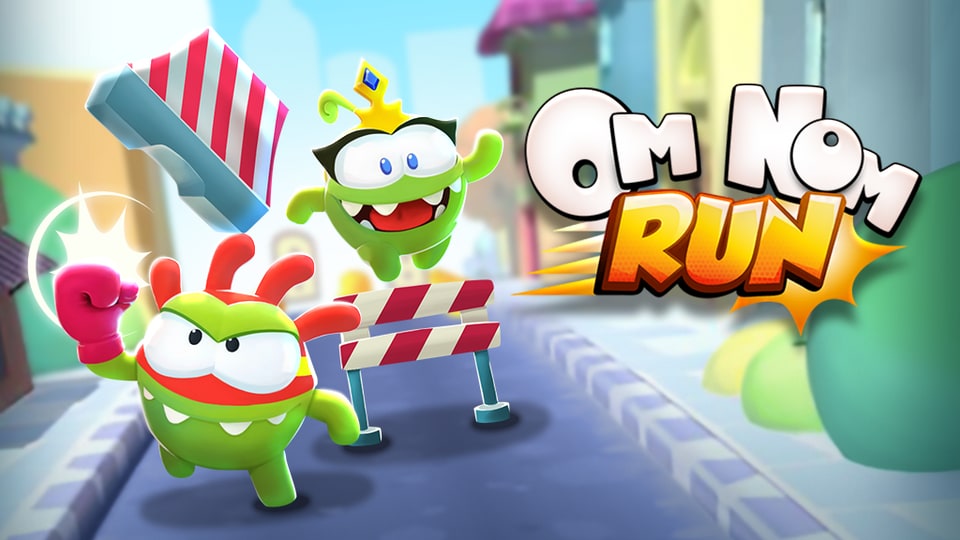Nintendo’s Price Jump Explained: Here’s Why the Nintendo Switch 2 and Mario Kart World Are So Expensive
With the console starting at $449.99 and Mario Kart World carrying an unprecedented $79.99 price tag, the discussion around gaming prices is reigniting.

Nintendo’s latest announcements have left fans excited but also scratching their heads over one glaring issue: the price tags. The unveiling of the Nintendo Switch 2 and Mario Kart World at today’s Nintendo Direct answered long-awaited questions about the console’s hardware, lineup, and launch details. However, the cost of entry into this new era of Nintendo gaming is turning heads for all the wrong reasons.
With the console starting at $449.99 and Mario Kart World carrying an unprecedented $79.99 price tag, the discussion around gaming prices is reigniting. The question remains: what is driving these costs up, and will this set a new standard for future releases? The answer may not be as simple as fans hope.
Why the $450 Price Tag?
Take a closer look at the #NintendoSwitch2 system, launching on June 5, 2025!
— Nintendo of America (@NintendoAmerica) April 2, 2025
Learn more: https://t.co/ty8U4WmHMk pic.twitter.com/DhUWC4CuBR
Industry analysts had previously predicted a $400 price point for the Nintendo Switch 2, yet the final announcement settled on $449.99. While not a massive leap, this additional cost has sparked debates about its justification. Experts say that pricing is a combination of tariffs, manufacturing costs, and competitive positioning.
Joost van Dreunen, NYU Stern associate professor and gaming industry analyst, reasons that Nintendo is positioning the console higher to ensure profit margins while considering possible trade barriers. The uncertainty surrounding U.S. import tariffs has led the company to build a financial buffer, ensuring that any unexpected costs won’t cut into its earnings.
Piers Harding-Rolls of Ampere Analysis highlights another perspective: market comparison. The Nintendo Switch OLED retails for $350, so it makes sense that a $100 increase for the next-generation console follows industry precedent. Moreover, with the recent release of Sony's PlayStation 5 Pro at $700, Nintendo probably felt confident it could establish a fair price point without driving off its core fan base.
But perhaps the most interesting thing about this pricing strategy is the regional differences. In Japan, the Switch 2 will come out with two distinct models: a single-language model for 49,980 yen ($333.22) and a multi-language model for 69,980 yen ($466.56). This move seems to be a deliberate attempt to stem gray market imports while maintaining the Japanese market's interest without significantly raising prices at home.
While these factors explain the console's cost, the real shocker comes from the price of its flagship game, Mario Kart World. Could this set a precedent for a new era of $80 games?
The $80 Mario Kart Dilemma
For DK there's always a way forward! And that way often involves punching stuff.
— Nintendo of America (@NintendoAmerica) April 3, 2025
Check out Nintendo Treehouse: Live | Nintendo Switch 2: https://t.co/vIJBHoIwL8 pic.twitter.com/7NHVia8u3w
Mario Kart World’s $79.99 price tag makes it one of the most expensive standard edition games in history, and it will be available from June 5. Just a few years ago, the industry saw AAA games rise from $60 to $70, and now, Nintendo is pushing the envelope further. But why?
Some analysts, like Mat Piscatella of Circana, argue that this price increase is a form of future-proofing. Raising game prices after launch is nearly impossible, so setting a higher cost now protects Nintendo against economic volatility and inflation.
Others believe this is a deliberate test by Nintendo to gauge the market’s tolerance for premium pricing. James McWhirter of Omdia notes that Nintendo is leveraging its most successful franchise to experiment with this new price point. If Mario Kart can succeed at $80, it opens the door for other first-party titles to follow suit.
Besides that, increased prices of hardware elements, such as 3D NAND flash memory utilized in gaming cartridges, further fuel the increase in prices. Nintendo also faces the hurdle of porting its enormous catalog onto the new console, something that calls for tremendous investment.\
Beyond production costs, Nintendo’s digital sales strategy may also be at play. Analysts like Rhys Elliott of Alinea Analytics suggest that by pricing physical games higher, Nintendo is nudging consumers toward digital purchases, which offer higher margins and greater control over pricing.
Ultimately, Dr. Serkan Toto, CEO of Kantan Games, puts it simply: Nintendo is charging this price because they feel they can and that people will pay.
How Will This Impact Sales?
Even with the sticker shock, industry analysts expect these price hikes won't hurt much in terms of launch sales. High-end gamers and enthusiasts will still buy the Nintendo Switch 2 no matter what it costs, triggering a solid first-wave sales pull.
However, the true test will come in year two when supply stabilizes and Nintendo seeks to expand its audience. If prices remain high, the company risks alienating budget-conscious families, a demographic that played a crucial role in the original Switch’s success.
Nintendo is banking on gamers accepting these new prices as the industry standard. But with competitors offering more aggressive pricing strategies, will this gamble pay off? The coming months will reveal whether Nintendo has set a new precedent or miscalculated the market’s willingness to pay.








